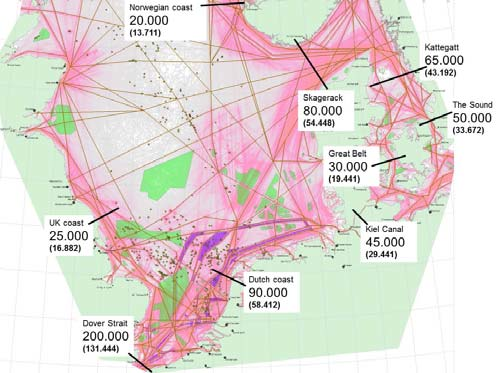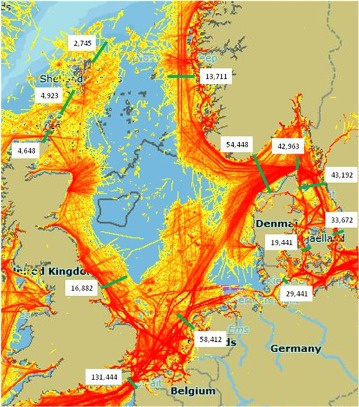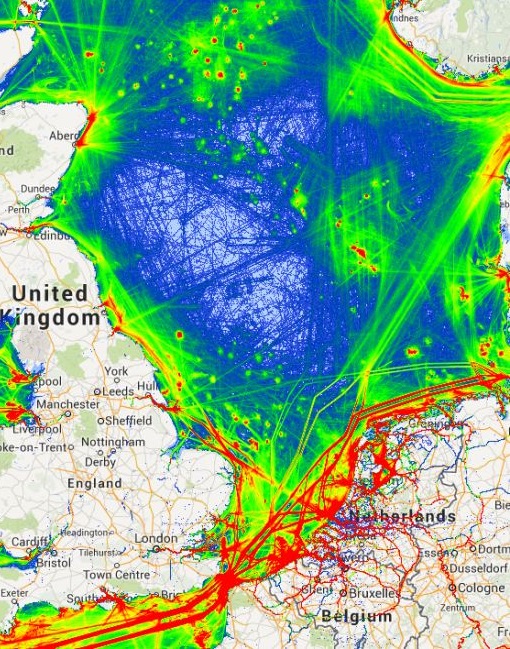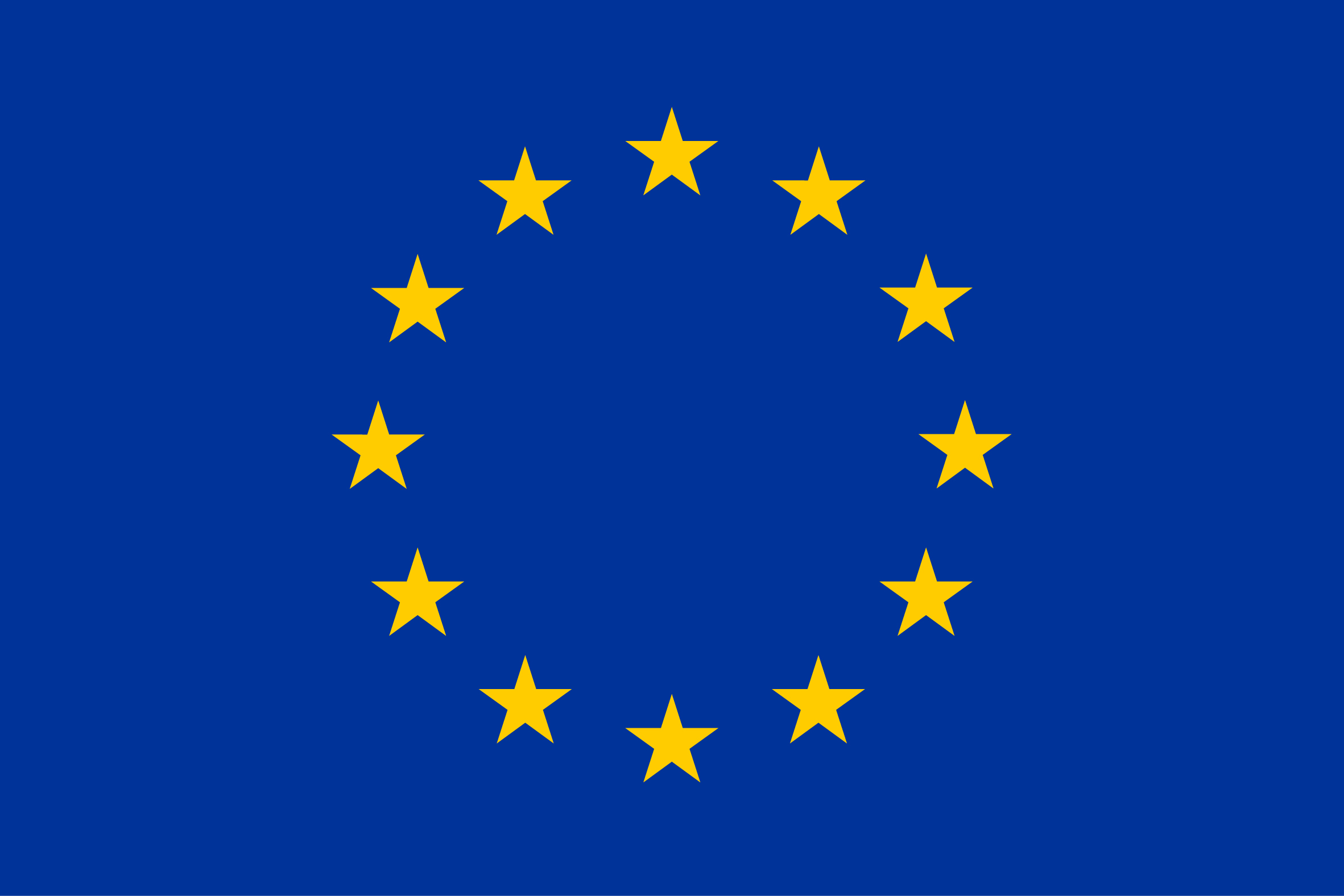No edit summary |
No edit summary |
||
| Line 1: | Line 1: | ||
[[Category:(NS)Shipping]] | |||
<ul class='nav nav-tabs'> | <ul class='nav nav-tabs'> | ||
<li class='active'><btn data-toggle='tab' class=''>#tab1|General Information</btn></li> | <li class='active'><btn data-toggle='tab' class=''>#tab1|General Information</btn></li> | ||
Revision as of 12:33, 10 August 2018
| Layer Info | |
|---|---|
| Category | Shipping |
| Editable | No |
| DataOwner | Shipping simulation |
| Values | |
| Low | |
| Medium Low | |
| Medium | |
| Medium High | |
| High | |
| EXTREME | |
Description:
A ferry is a merchant vessel used to carry passengers, and sometimes vehicles and cargo as well, across a body of water. The busiest seaway in the world, the English Channel, connects Great Britain and mainland Europe, sailing mainly to French ports, such as Calais, Dunkirk, Dover, Dieppe, Roscoff, Cherbourg-Octeville, Caen, St Malo and Le Havre. Ferries from Great Britain also sail to Belgium, Denmark, the Netherlands, Norway, Spain and Ireland. Some ferries carry mainly tourist traffic, but most also carry freight, and some are exclusively for the use of freight lorries. In Britain, car-carrying ferries are sometimes referred to as RORO (roll-on, roll-off) for the ease by which vehicles can board and leave.
MSP Challenge 2050:
Ferry Intensity is a month-by-month, computer generated data layer showing a 'heat map' of as yet limited ferries. The shipping simulation considers ferry lines within the North Sea region only.
The shipping simulation follows this logic:
- Month by month, tanker, cargo, passenger and ferry ships want to go from specific ports to specific ports, within as well as in and out of the North Sea region.
- These ships find a safe yet short route for their travels. Ideally they move in a straight line. To ensure the route is safe, they will opt for deeper waters and designated shipping lanes applicable to their type.
- More ships following the same route means a higher intensity of ships that month, and thus redder lines on the intensity 'heat map' layers.
ON THIS TAB VISUAL CONTENT IS PLACED



 Co-funded by the European Union.
Co-funded by the European Union.